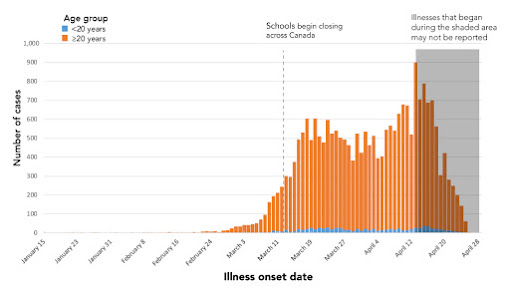When I attend Zoom meetings with other writers, someone always asks if we’ll write about the current pandemic in our fiction. Invariably a couple of people reply they’re so so tired of COVID-19 that when it’s over they won’t want to write or read anything about it. They hope to move on and write stories that imagine the pandemic hadn’t happened.
Given publishing timelines, most novels published the past year were written before the authors knew about COVID-19 or anticipated its enormous impact. This winter I’ve read a few novels set in our contemporary time and have had no trouble reading about people meeting in restaurants, attending parties and generally living like it’s 2019. The only novel that jarred me was one that specified the year was 2020 and mentioned COVID-19 as a past event. I assume the author added this topical reference on the assumption we’d be done with the pandemic by the book’s fall release. My conclusion is you can write a contemporary novel that ignores the coronavirus, but it’s best to either keep the year vague or indicate that it’s set before March 2020, when only someone living a cave would have missed the great changes to our society.
Other writers in my Zoom meetings expect they will explore the pandemic in their fiction, as they would do with anything that affects them profoundly. Some have already written short stories and poems about it. COVID-19 can be central to a story or simply part of the landscape. Your protagonist might be working from home, instead of going to her office. She might engage with friends and family on Zoom, in addition to the usual phone calls, letters, emails and text messages. When she does meet someone in person, his mask–or lack of mask–becomes a descriptive detail like his hairstyle or baseball cap. She might suddenly realize she’s standing too close to him and leap backwards. The pandemic could provide our stories with fresh descriptions, until they become overdone because everyone is writing about COVID-19. There’s a risk of saturating the market with too many coronavirus stories for readers who will have largely put the pandemic behind them.
Writers can avoid dealing with all this by setting their stories after COVID-19, which, hopefully, won’t be far in the future. But, in the post-pandemic world people won’t necessarily be partying like it’s 2019. How soon will it be before we’re comfortable shaking hands with strangers and hugging acquaintances we meet? Will we stop doing these things for good to avoid catching all kinds of viruses? The common cold can drag someone down for weeks. The regular flu can kill. Is a handshake worth the risk? For these same reasons, will stores maintain some of their protective measures–plexiglass at the checkout counters, socially distanced lineups, one way aisles and hand sanitizer stations? Will buffet dinners be a thing of the past? Will airlines require passengers to keep wearing masks on planes or will most passengers choose to to wear them to avoid sharing diseases? Writers will need to know these details if they send their character to an exotic location or to the grocery store.
This makes me think that writers of realistic contemporary fiction will have to deal with the pandemic, whether they want to or not. I suspect that when we’re over COVID-fatigue most writers will find themselves processing the experience in their memories and work. Already, I feel a bit of nostalgia for the early days of COVID when few people wore masks in public and grocery store shelves were often picked clean of canned goods, frozen vegetables, milk, eggs and, of course toilet paper. One store I went into had a clerk guarding a stack of toilet paper to make sure no hoarders grabbed an extra package. That’s a detail future readers of COVID-19 stories will find bizarre and informative about our pandemic.




